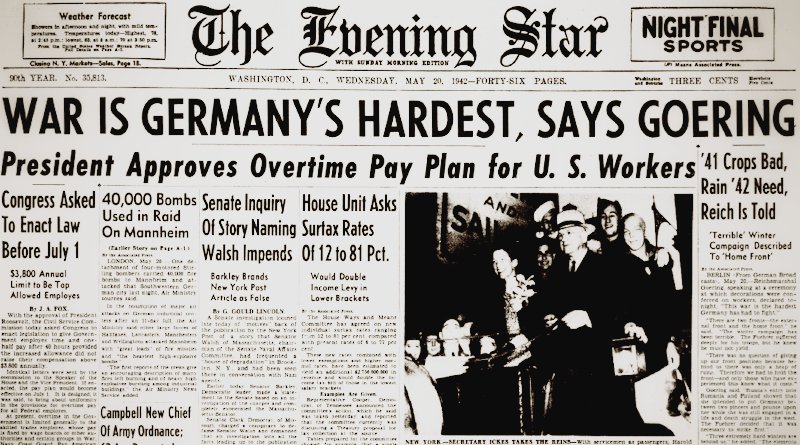World War II Chronicle: May 20, 1942
Click here for TODAY’S NEWSPAPER
On page two is a mention that retired Maj. Gen. Edward Martin will be the Republican candidate for the governor of Pennsylvania. He enlisted as a private in the Pennsylvania Volunteers during the Spanish-American War, then was called up for the Pancho Villa Expedition in 1916. Martin commanded the 110th Infantry Regiment during the First World War, earning two Distinguished Service Crosses and two Purple Hearts. He served as commanding general of the 28th Infantry Division, until he had to retire due to old age last month.
When General Martin retired, his deputy commander J. Garesche Ord took over the Keystone Division, who will be replaced in June by Maj. Gen. Omar Bradley. General Bradley has just completed his assignment as commander of the U.S. Army Infantry School at Fort Benning, but before taking command of the 28th, he serves as commanding general of the 82nd Infantry Division, which will soon be renamed the 82nd Airborne…
On page five Jimmy Doolittle tells about the equipment used in the raid on Tokyo. We also learn that the navigator for Crew 3 got an airplane ride from Doolittle back when he was just a boy. On page six: Doolittle refuses to ride on elevators. He was stuck on one overnight and has been scared of them ever since… Pictured on page eight is Benjamin O. Davis Sr., the first black general in American military history. Davis Sr. was commissioned as a lieutenant in the 8th U.S. Volunteer Infantry in 1898, then enlisted in the 9th Cavalry Regiment. He rose to sergeant major, then was commissioned again while in the Philippines. Before World War II he commanded the 369th “Harlem Hellfighters” Infantry Regiment. Davis Sr. is currently assigned to the Inspector General’s office.
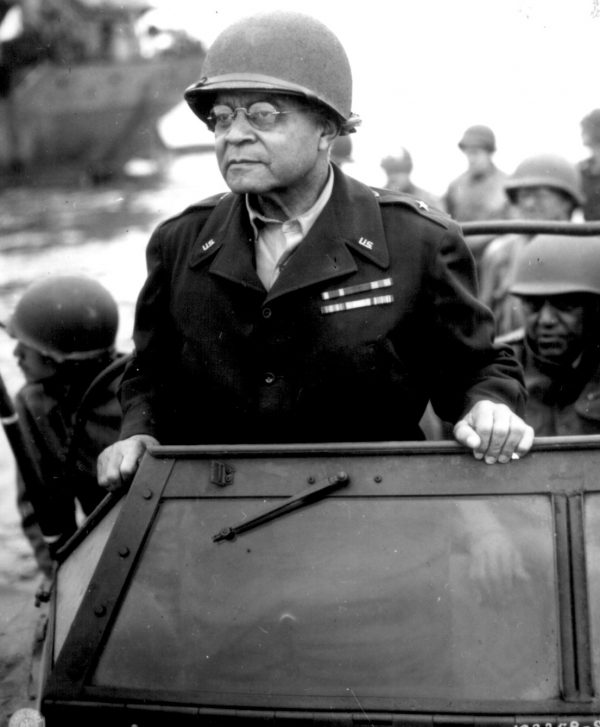
His son Maj. Benjamin Davis Jr. graduated with the first class of colored aviation cadets in March. He will be assigned to the 99th Pursuit Squadron, which just changed their name to “Fighter” Squadron last week. On June 1, 1st Lt. George S. “Spanky” Roberts will become the Tuskegee Airmen’s first black commanding officer. Davis Jr. will take over from him as skipper of the 99th in August.Before the younger Davis earned his wings, he served in the all-black 24th Infantry Regiment and then taught military tactics at the Tuskegee Institute, just as his father had…
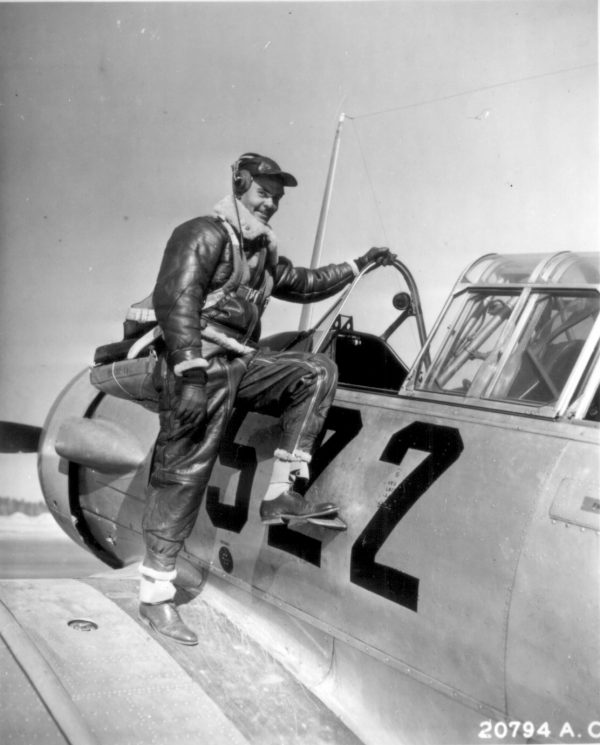
Status of the Raiders as of May 20, 1942
Crews 1 through 4 are discussed in yesterday’s post
Crew 5 bailed out just southeast of Chuchow.
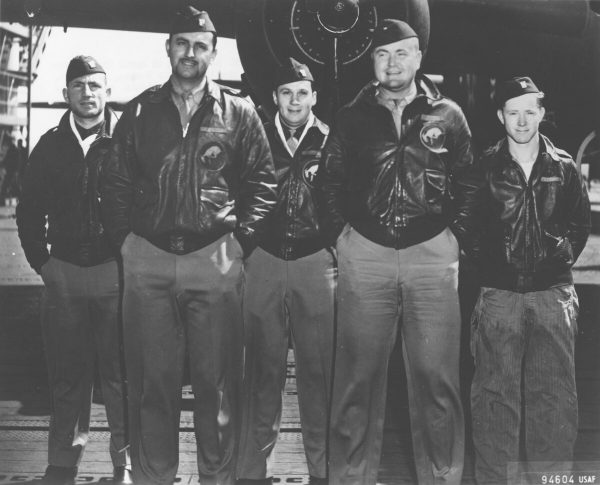
- Capt. David M. Jones, pilot — we will tell his story in a later post
- Lt. Rodney Ross “Hoss” Wilder, copilot — was Everett “Brick” Holstrom’s copilot when they attacked a Japanese submarine off Oregon on Dec. 24, 1941. Ships off to England to command a bomber squadron.
- Lt. Eugene F. McGurl, navigator — will be lost during a bombing mission in China on June 2
- Lt. Denver V. Truelove, bombardier — serves in North Africa1KIA April 5, 1943 over Italy
- Sgt. Joseph W. Manske, flight engineer/gunner — attends Officer Candidate School and is commissioned a second lieutenant in December 1942
Crew 6: Unaccounted for. A report written by Doolittle in July says that he has heard intelligence indicating two crew members are missing and the other three have been captured — one surviving a bayonet attack.
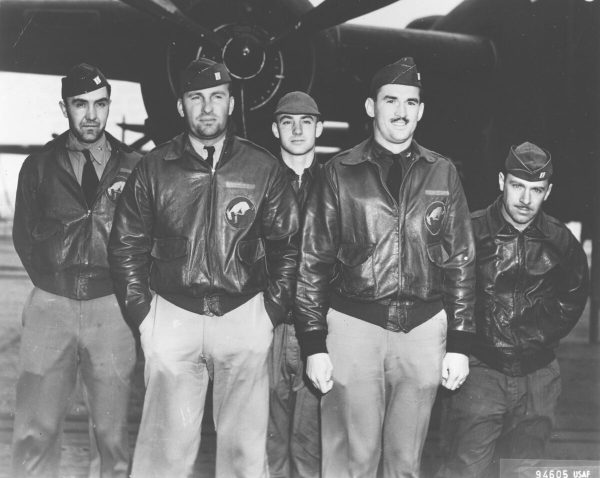
Crew 7 ditched off the coast of China, injuring all crew members. Sgt. David J. Thatcher’s injuries were least severe so he grabbed his sinking bomber’s medical kit before he swam to shore with the rest of the men. He treated the injured and obtained assistance from the Chinese underground in moving his men to friendlier lines. Thatcher’s field treatments are unable to treat the pilot’s leg injury, which will require amputation. Fortunately the bomber carrying a flight surgeon doubling as a gunner ditched nearby and the doctor is able to amputate the limb.
The Ruptured Duck‘s left engine wouldn’t start prior to takeoff, which meant that crews would have had to spend valuable time pushing the bomber into the sea so the rest of the formation could take off. But the Wright Twin Cyclone finally turned over, allowing the mission to continue. The bombers took off from the aircraft carrier in three to four-minute intervals, Doolittle’s bomber lifting off at 8:20 a.m. ship time and the last crew rotating at 9:19.
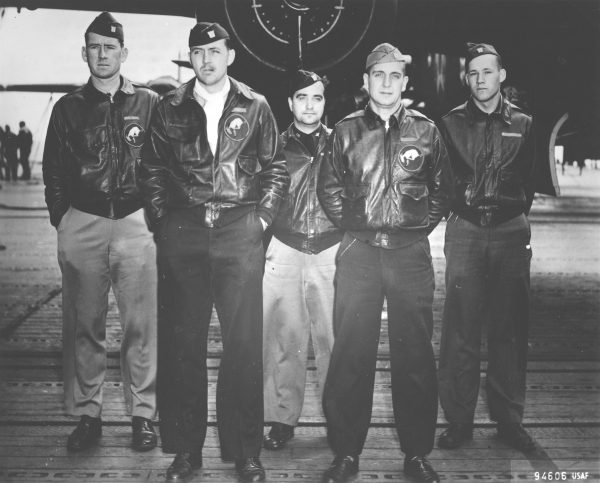
- Lt. Ted W. Lawson, pilot — his flying days are over but he does write the bestselling book 30 Seconds Over Tokyo
- Lt. Dean Davenport, copilot
- Lt. Robert S. Clever, bombardier2Killed in B-26 crash near Versailles, Ohio on Nov. 20, 1942
- Lt. Charles L. McClure, navigator
- Sgt. David J. Thatcher, flight engineer/gunner — earned the Silver Star for saving his team, transfers to England
Crew 8 did not have enough fuel to reach China and had to land instead in the Soviet Union. The USSR was not at war with Japan so they hold the crew is interned. After a year of captivity, the Russians allow them to escape into Iran, where they can return to the United States.
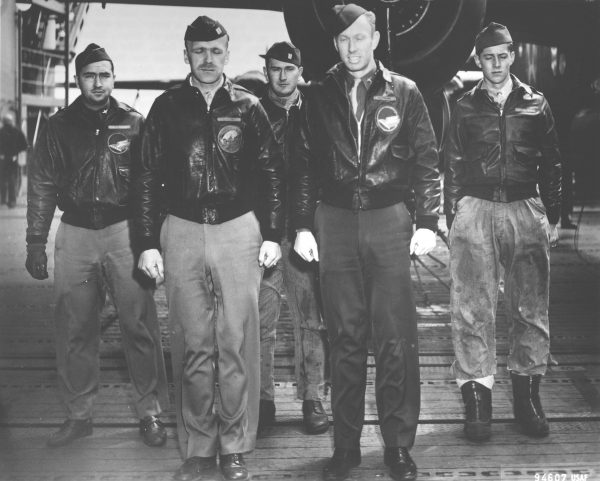
- Capt. Edward J. York, pilot
- Lt. Robert G. Emmens, copilot
- Lt. Nolan A. Herndon, navigator/bombardier
- Theodore H. Laban, flight engineer
- Sgt. David W. Pohl, gunner
More crews in tomorrow’s post… Sports section begins on page 17, featuring a column by Grantland Rice… Pictures of several of the U.S. Military Academy’s Class of 1942 on page 23. Roy S. Geiger Jr., son of the commanding general of the 1st Marine Air Wing, is among them. His father flew with the Royal Air Force during World War I before commanding a First Marine Aviation Force squadron. Alexander M. Patch Jr. is another graduate, and his old man is in the final stages of forming the Americal Division on New Caledonia. 70 members of this class will be killed in action during World War II.
Evening star. (Washington, D.C.), 20 May 1942. Chronicling America: Historic American Newspapers. Lib. of Congress.
https://chroniclingamerica.loc.gov/lccn/sn83045462/1942-05-20/ed-1/
